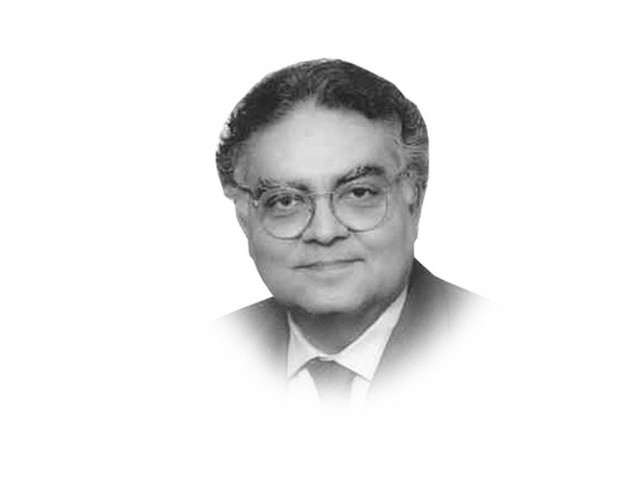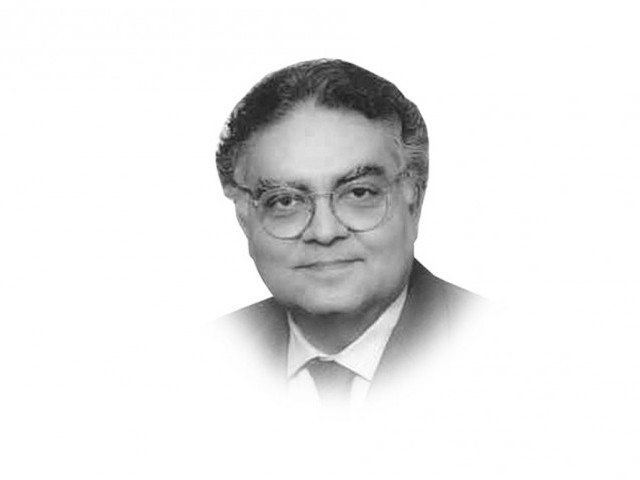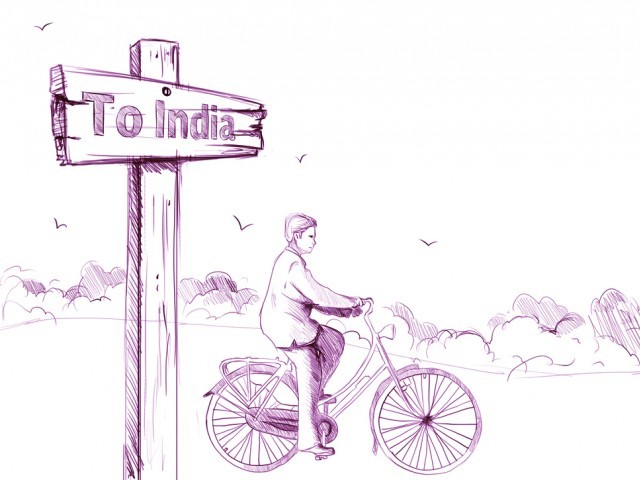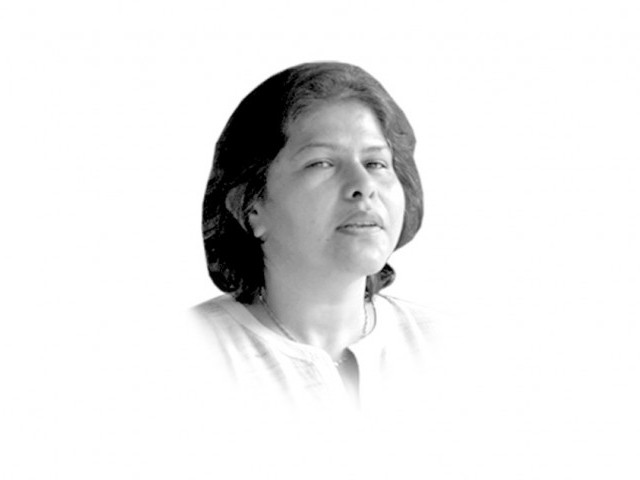Is India ‘indispensable partner’ of US? |
| Mahmood Riazuddin |
| US President barack Obama’s visit to India coincides with four important developments: i) The third round of Pakistan-US strategic dialogue has just concluded; ii) Obama’s Democratic Party has faced a humiliating blow in the mid-term elections in United States; iii) India has launched an aggressive campaign to have permanent membership of the UN Security Council; and iv) Kashmiris are observing Jammu Martyrs Day [November 6] which is reminiscent of en bloc massacre of Kashmiris in 1947. Obama’s decision to prefer India for his visit to the region speaks volumes for the sort of relations between the sole superpower of the world and the mini-superpower in the region. This is despite the fact that Pakistan has been playing the role of a frontline state in the US-led war on terror for the last nine long years and it has suffered colossal losses in terms of men and material during this course, and is still facing the consequences of its being a non-NATO ally of the United States. However, the Americans ignoring this role have waged an undeclared war against Pakistan and the bane of US drone strikes have posed a grave challenge to the very sovereignty of the country. Some Pakistanis are of the view that enhancement of US-India relations is just a misgiving, but they must acknowledge that the two countries share many commonalities and the common objectives besides the ‘common enemy’ that is China. The chronologies of India and United States reveal that both of them have expansionist and hegemonic designs and they have frequently indulged in adventurisms not only against their neighboring states but also the countries in other regions to fulfill their designs. United States is the sole power which has so far used a nuclear weapon while India is the sole country which conducted a nuclear test in South Asia thereby igniting a nuclear race in the region. In the recent years, United States has executed a so-called civil nuclear cooperation accord with India but at the same time, it has frequently refused such an arrangement with Pakistan. Similarly, both the countries have constantly been stockpiling sophisticated weapons. They have conducted 50 joint military exercises during the last few years while India is going to purchase military [war] equipment worth $2.5 billion. President Obama has regarded India ‘an indispensable partner’ of his country while India takes United States as its natural ally. However, United States desires to see India not its indispensable partner, but an invincible partner against the emerging superpower China and the basic objective of Obama’s visit to India is to control the growing might of China. United States does not like any country to try to become a superpower and as regards China, it has proved itself a peace-loving country during its post-independence history. The United States claims that China’s attitude is becoming ‘nationalist’ and its leadership shows unexpected assertiveness which reveals their ‘arrogance and belligerence’. That is why, United States has adopted a more forceful attitude towards China and has been encouraging India, Vietnam and other countries in South East Asia. As stated President Obama considers India an indispensable partner of his country, but at the same time, he appreciates the indispensability of a Pakistani role in a settlement in Afghanistan. However, in practical terms, he seems to be in no mood for a settlement nor is he ready to assign such a role to Pakistan, a fact which is evident from additional US deployments in the war-torn country. Similarly, Obama is also in no mood to address India’s growing presence in Afghanistan. Rather he welcomes its involvement in the economy of the war-ravaged country. In his electoral campaign, Barack [then Hussain] Obama had talked of peace and stability in different regions of the world particularly in the Middle East and South Asia. He had also promised to facilitate an amicable solution to the lingering Kashmir issue which he had realized to be a bone of contention between Pakistan and India. It is high time that Obama involves himself in the resolution of differences particularly the core Kashmir issue between the nuclear armed rivals. It is crystal clear that during talks, the Indian leadership will approach President Obama for help to promote Delhi’s bid to become a permanent UN Security Council member even without veto power. But it will be advisable that President Obama links the issue to India’s worst record of human rights abuses in Occupied Kashmir. The fact remains that India has waged a genocidal war against the Kashmiris and has martyred in just four months over 150 defenseless inhabitants of the territory it has been illegally occupying for the last 63 years. It is pertinent to mention here that since October 1989, the 700,000 strong Indian forces have martyred 100,000 Kashmiris – many more scarred and wounded, to silence the people’s demand for justice, respect for human rights, freedom and the right of self-determination. The occupation troops continue to carry out arbitrary detentions, summary executions, custodial killings, extrajudicial executions, enforced disappearances, rapes, sexual exploitation, torture and fake encounters. Generations of Kashmiris have grown up under the shadow of the gun; not a single family is unaffected; and the suffering and devastation continues unabated that has inflicted loss of life and destruction on an unprecedented scale, drawing no significant attention from the international community particularly the United States. The perception that the Kashmir is a bilateral matter between Pakistan and India is unfounded because since the adoption of the UN resolutions in 1948, Kashmir is no longer a bilateral or territorial dispute between the two countries but has become an international obligation. The prospect of peace and progress in South Asia is inseparably linked with the recognition of the right of self-determination of the Kashmiris, and thus rests upon the willingness of the world community particularly the United States to make positive contribution towards resolving the Kashmir conflict. The high scale of brutalities in the held territory suggests that India is poised to avoid implementation of the UN Security Council resolutions on Kashmir. If President Obama wants to see his name written in the history in golden letters or as a global leader, he should not only raise the Kashmir issue during his visit to India but should also facilitate its resolution through a plebiscite in accordance with the UN resolutions, and urge India to respect the UN resolutions on Kashmir to become a permanent member of the world body. Obama’s failure to do so will further weaken credibility and standing of the United States. |
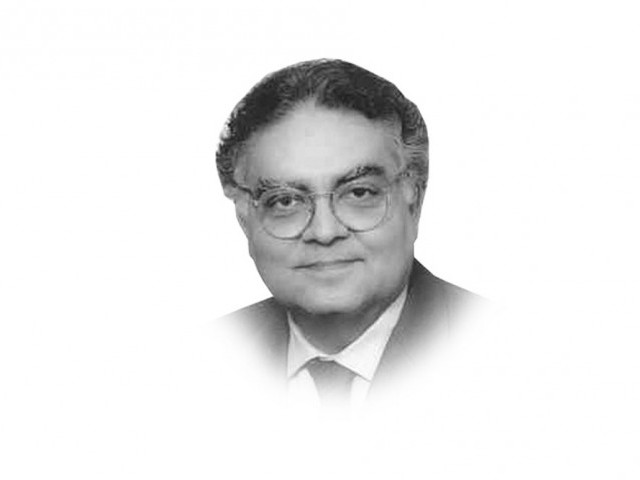
The writer is distinguished professor of economics at Beaconhouse National University in Lahore
The New Institutional Economics suggests that a social order encompasses the political, economic, cultural, religious, military and educational systems. Therefore, changing the social order involves changes in each of these elements and the relationship between them. There are two kinds of social orders in the contemporary world. The Limited Access Social Order of the undeveloped countries and the Open Access Order of the developed countries. The institutional structure of the former is characterised by a coalition of elite that excludes the majority of the population from the process of governance and growth. On the basis of this exclusion, it generates unearned income for itself, uses its power to structure markets in its favour and creates wide interpersonal and inter regional inequalities. Poverty is endemic in such a social order because it precludes thriving markets and sustained long-term growth. By contrast, the Open Access Social Order exhibits systematic competition in both economic and political spheres, free entry and mobility and hence long-term development.
The policy issue in Pakistan is not merely which sector to select as a ‘driver of growth’, or ending corruption by making an example of a few, but must address the question of why attempts at such policies in the past have failed. Changing the social order is the central challenge for both democracy and development in Pakistan.
The essential feature of this change process, as shown by Douglass C North, John Joseph Wallis and Barry R Weingast (in Violence and Social Orders: A Conceptual Framework for Interpreting Recorded Human History), is that it initiates “a series of reinforcing changes in institutions, organisations, and individual behaviour such that incremental increases in access are sustained by the existing political and economic systems at each step along the way”.
Let us indicate the doorstep conditions for initiating the process of changing Pakistan’s social order: (1) Rule of law. This involves subordinating individual or party interests to the obligation of maintaining the balance between various organisations of the state as specified in the constitution. The rule of law also requires the development of new norms that can underpin and are consistent with the formal rules specified in the constitution. (2) The military must maintain the integrity of the state by subordinating itself, in actual practice, to elected civil authority as stipulated in the formal rules of the constitution. This change could be facilitated, if elected governments enlarged their space within the power structure, by delivering economic and social justice to the people who are the source of legitimacy. (3) Foreign policy must be driven not by a ‘national security paradigm’ but by Pakistan’s economic interests and the logic of human security. (4) Social and political organisations that align themselves behind the Change Agenda need to develop democratic rules and norms in their organisational structures and should network amongst themselves to create a mutually reinforcing momentum.
In the present critical crisis, creating the basis of a fundamental change in the social order is necessary if state and society are to survive and prosper.
Published in The Express Tribune, November 1st, 2010.

